The Body
Chiara Castiello is a psychologist expert in adolescence and social innovation, with a deep passion for photography, writing, and jazz music. Chiara wore a brace for many years, from the age of ten until she was 18. Even today, she continues to care for her back and is one of our adult patients.
Chiara has shared with us her experience as a young girl wearing a brace, but above all, she has offered a reflection as an adult and psychologist on the importance of body perception and both physical and mental health. Thank you!
Below is her text, “The Body” by Chiara Castiello.
“Are you an only child?”
To my astonishment, it was the second time I repeated, “Yes, I am.”
And it couldn’t be otherwise. It was either a blessing or a necessity that I was. At ten years old, the vertebrae in my spine decided not to align perfectly but instead to take on a C-shape, like the initial of my name. After narrowly avoiding a plaster cast, an orthopaedic brace was the treatment recommended by doctors from a Northern region of Italy. Long and repeated car journeys, endless waiting times, and fittings of this “garment” made of rigid plastic and aluminium, with pressure applied to the hips and behind one shoulder.
At first, it really feels like a tailored outfit, and the sensation is even somewhat pleasant. Standing in a room with your arms resting on two poles that help keep them supported and away from your chest. A tight-fitting gauze in a butter colour is slipped onto you, and then warm plaster strips are applied, shaping your body. The “garment” takes shape, solidifies, and suffocates you in a very short time. Then scissors cut it under the armpit, opening it like a door, and you emerge, naked and cold.
The orthopaedic brace teaches you endurance. It teaches you to sleep on your back on the hard surface of the plastic, to bear the cold touch of the aluminium in winter. To appreciate shade and cool places in the summer. It teaches you discipline; in my case, I could only remove it for one hour a day for a long time. It teaches you not to scratch mosquito bites, as they are unreachable, locked inside your “box”! It instils moderation, compressing your stomach if you eat too much.
It teaches you to cover yourself for fear of being found out. Not to follow fashion, because you can’t. To button the collars of your polo shirts, buy them in a larger size. To pick up things from the floor with your feet so you don’t have to bend too often. To quickly dart through security gates at museum entrances to avoid setting off alarms. To dodge hugs from boys, while secretly yearning for them.
It denies you a comparison with others because they are healthy, normal, and free. It deludes you into always feeling like a child and prevents you from thinking about your body, which is there but invisible. Artificially supported, it grows under compression. Its development, except for the worsening of the spine, remains imperceptible. And when the “garment” becomes tight, you rush back north to get a new one.
During these endless visits, my parents and I were transported by car for 620 kilometres, my body and its black-and-white photographs: the X-rays on which doctors, in white gowns with rulers and red pencils, recorded numbers and the degrees of curvature, marking the positive or negative progress of my condition. This body-object, so medicalised, observed, and adjusted, was a stranger to me. It grew, changed, betrayed me, worsened without my control and, after great effort and many years, healed.
As a patient and adolescent (now an adult) with scoliosis, I wish to shed light on the importance of working in parallel with one’s perception of body image. To perceive: to become aware of oneself. I am my body; it belongs to me, and I relate to the world through it. Despite the plastic “box,” I can live, connect, and experience this non-object outside its cage.
And there is more. The “Self” cannot be put on hold while waiting for the body to heal because the two are not separate entities. Put differently, it is essential not to neglect the wholeness of a person as the union of body and psyche. The well-being or suffering of both travels in the same carriage of the same train; they are interdependent. Sartre wrote that the “body is the ultimate psychical object, the only psychical object” (1943, p.429).
If this was understood, one wouldn’t feel so unprepared at the end of treatment, so afraid, fragile, defenceless, fragmented. Medicalising and isolating the body is a mistake still too often made in care practices, but the body lives and breathes as part of its whole being. We are our history, our experiences, from birth onwards; we are unique and, as such, deserve to be welcomed.
Only in this way can we truly consider ourselves healed and free.

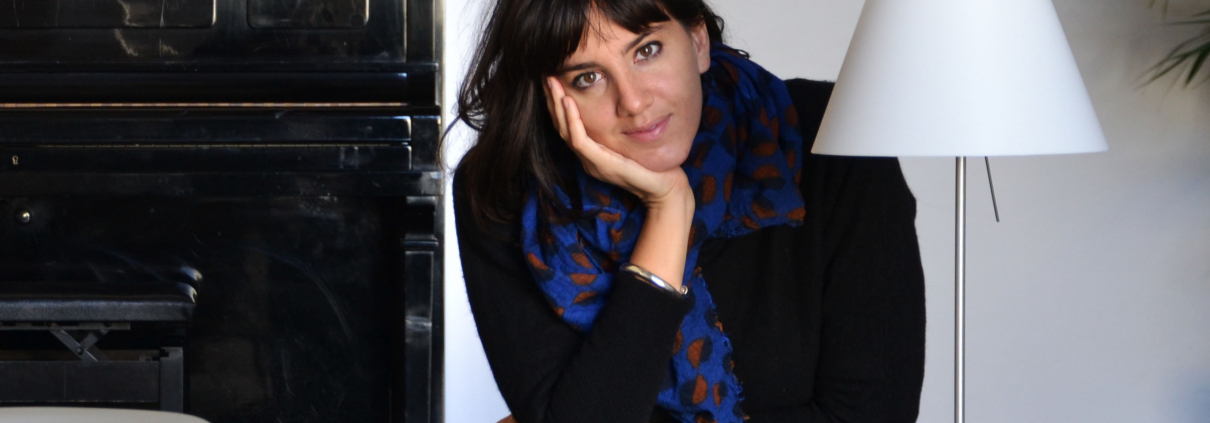
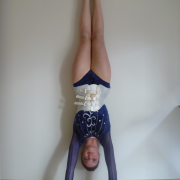
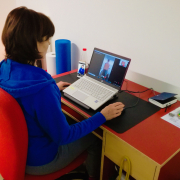

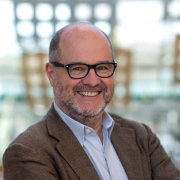
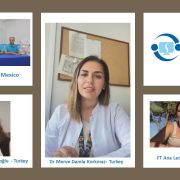
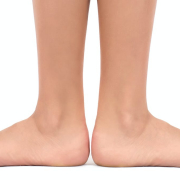
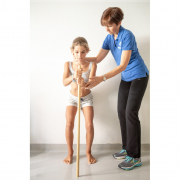



Leave a Reply
Want to join the discussion?Feel free to contribute!